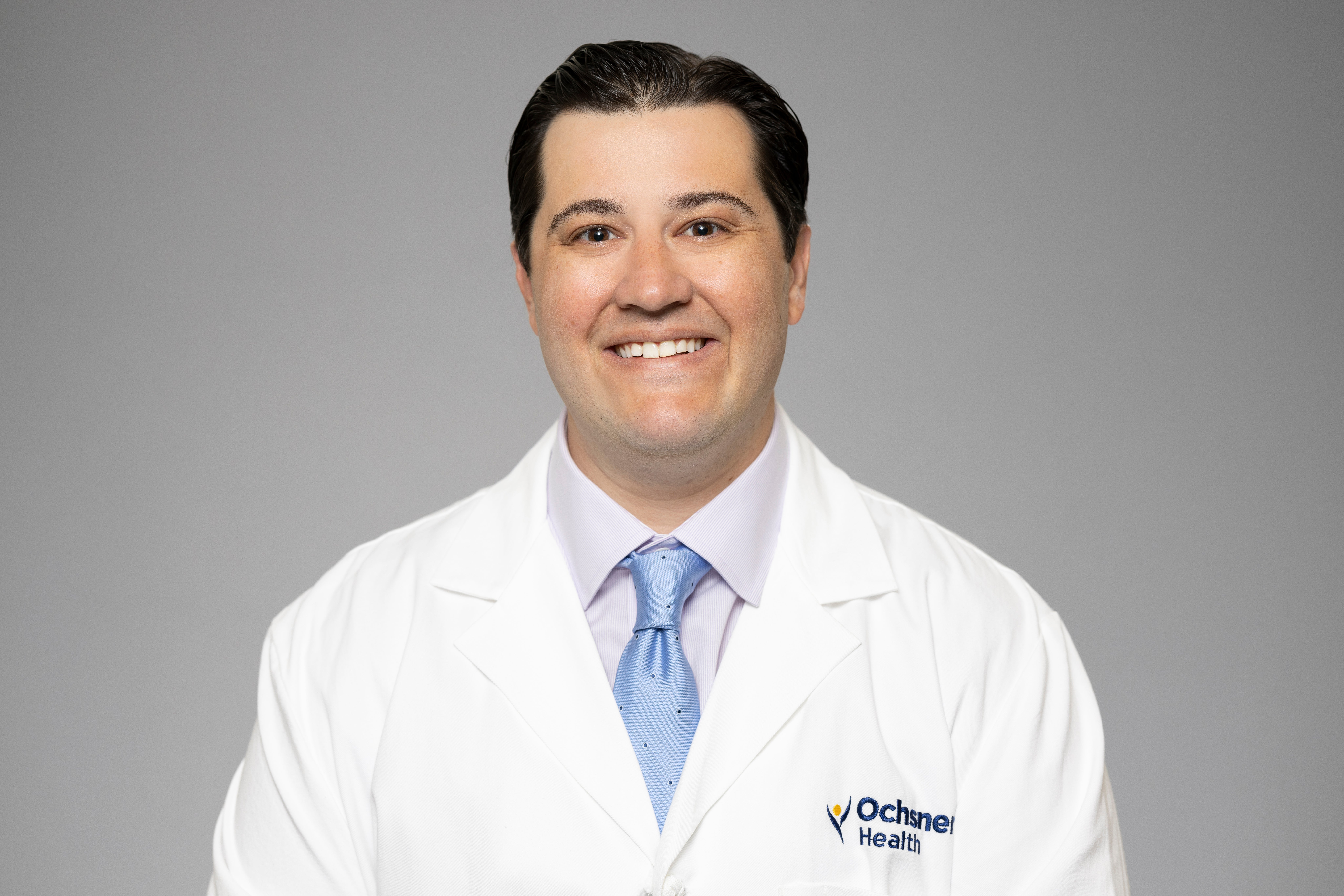What You Should Know About Kidney Stones
Published 10:41 am Saturday, March 18, 2023
|
Getting your Trinity Audio player ready...
|
More than half a million people go to emergency rooms yearly with kidney stone. According to the National Institute of Diabetes and Digestive and Kidney Diseases, 11% of men and 6% of women in the United States experience kidney stones once in their lifetime. Men are much more likely to develop stones than women. Other diseases like high blood pressure, diabetes, obesity, osteoporosis, chronic diarrhea or kidney cysts might increase the risk of stones.
A kidney stone is a hard object made from chemicals in the urine. Urine has various wastes dissolved in it. When too much waste is in too little liquid, crystals begin to form. The crystals attract other elements and join together to form a solid that will get larger unless passed out of the body with urine. Usually, these chemicals are eliminated in the urine by the body’s master chemist, the kidney. In most people, having enough liquid washes them out, or other chemicals in urine stop a stone from forming.
After it is formed, the stone may stay in the kidney or travel down the urinary tract. Sometimes, tiny stones may move through urine without causing too much pain. But stones that don’t move may cause a back-up of urine in the kidney, ureter, bladder or urethra, which causes the pain.
Possible causes of kidney stones include drinking too little water, exercising too much or too little, obesity, weight loss surgery and eating food with too much salt or sugar. Infections and family history might be important factors in why some develop kidney stones. Overeating fructose correlates with an increased risk of developing a kidney stone. Fructose is found in table sugar and high fructose corn syrup. In some individuals, fructose can be metabolized into oxalate.
Some kidney stones are as small as a grain of sand, while others are as large as a pebble. A few are as large as a golf ball. As a rule, the larger the stone, the more noticeable the symptoms. These are severe pain on either side of your lower back, more vague pain or stomachache that doesn’t go away, blood in the urine, nausea, vomiting, fever, chills, cloudy urine, or an odor in the urine.
The kidney stone starts to hurt when it causes irritation or blockage, which builds rapidly to extreme pain. In most cases, kidney stones pass without causing damage, but usually not without causing a lot of pain. Pain relievers may be the only treatment needed for small stones. Other treatments may be needed, especially for those stones that cause lasting symptoms or other complications.
Those who experience symptoms or think they may have a kidney stone should see a doctor as soon as possible. Usually, patients are asked to drink extra fluid to flush the stone out in the urine. If you strain your urine and can save a piece of the stone that has passed, bring it to your doctor. In severe cases, the stone may be removed with the help of outpatient surgical treatment.
To help reduce the risk of developing kidney stones, there a few things we can do. Drink enough fluid, specifically water, to help keep urine less concentrated with waste products to decrease the risk of a kidney stone. It is best to limit sugar and high-fructose corn syrup to small quantities. Another prevention tip is to try to reduce excess salt consumption by rarely eating potato chips, french fries, sandwich meats, canned soups, packaged meals and sport drinks. It is essential to find a good source of protein in your diet, such as beef, chicken, port, fish, milk and eggs, rather than consuming high-protein weight-loss diet drinks as they can cause kidney stones. See your doctor about making diet changes if you have had a stone or think you could be at increased risk for getting a kidney stone.
Dr. Grant Pollock obtained an undergraduate degree in biological sciences from Louisiana State University, graduating Cum Laude. He received a Doctor of Medicine degree from LSUHSC Medical School in New Orleans. Dr. Pollock then moved to Tucson, Arizona where he completed his internship in general surgery and his residency in Urology at the University of Arizona. He served as chief resident in urology during his final year of residency. He is a member of the American Urological Association. Dr. Pollock has a variety of clinical interests, including Holmium Laser Enucleation of the Prostate (HoLEP) for the treatment of benign prostatic hyperplasia, urologic reconstruction and robotic and minimally invasive surgery for both benign and malignant disease processes. To schedule an appointment with Dr. Pollack at Ochsner Health Center – Kenner (200 W. Esplanade Ave., Kenner), visit www.ochsner.org or please call 504-464-8506.





